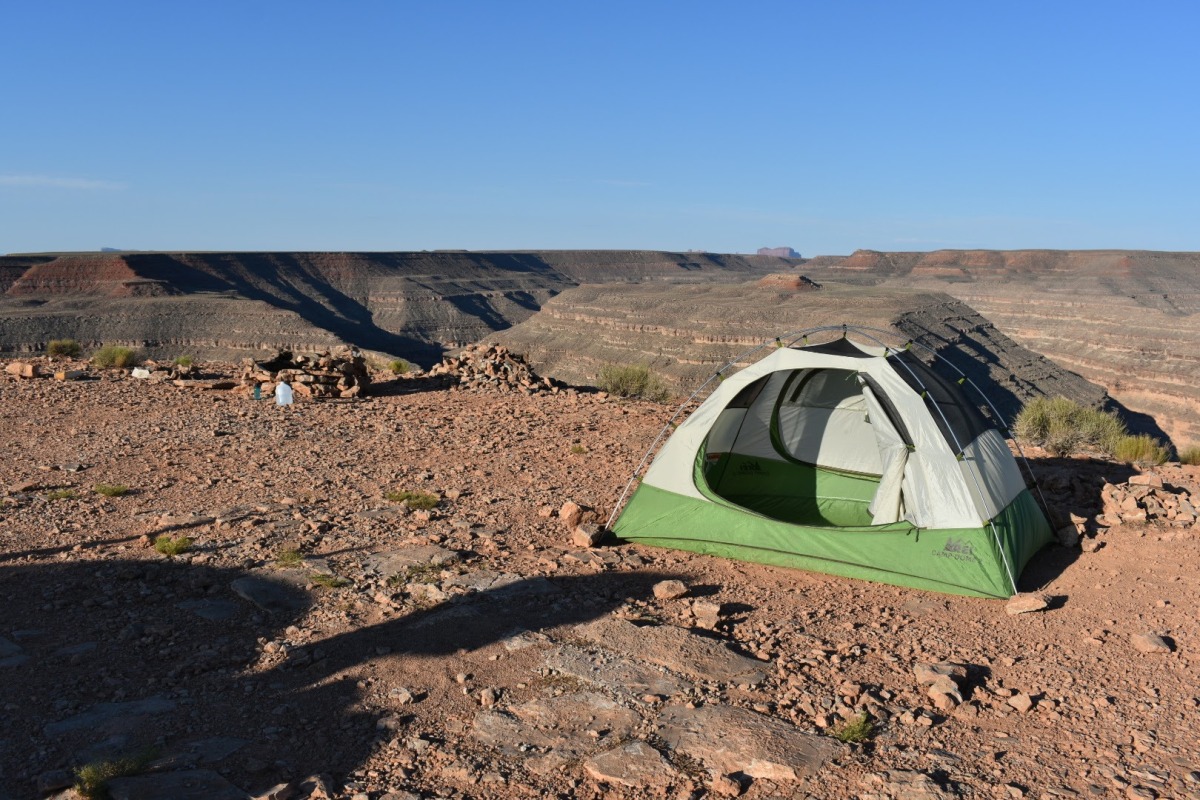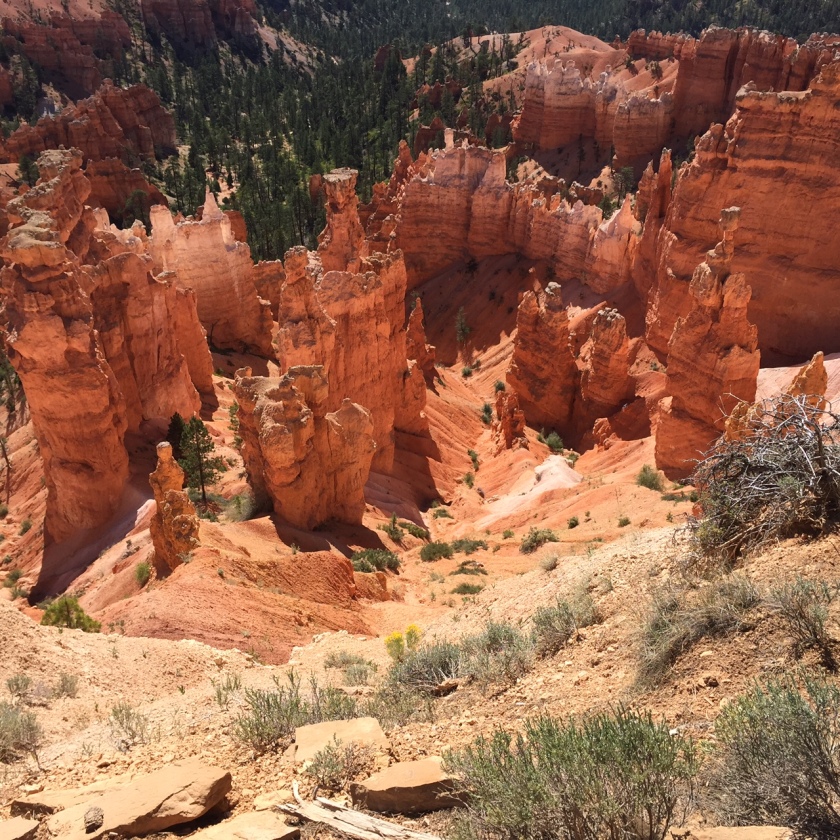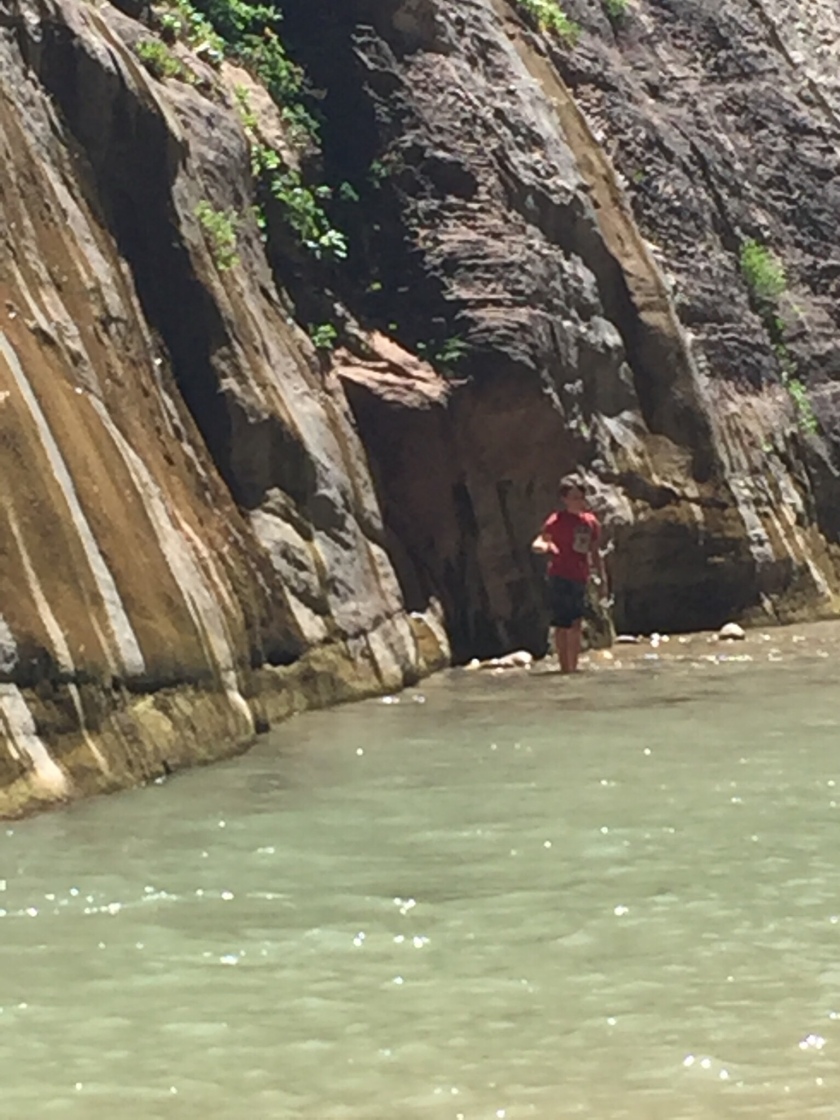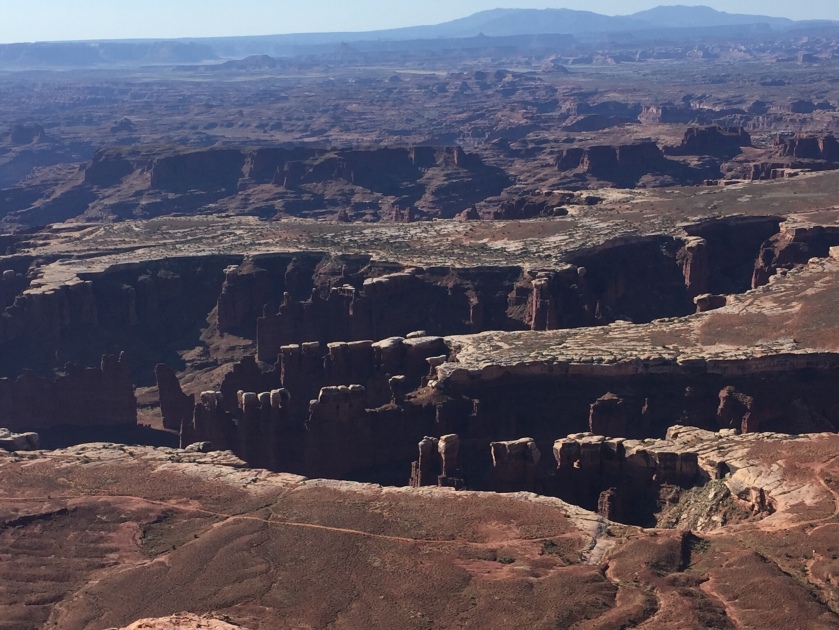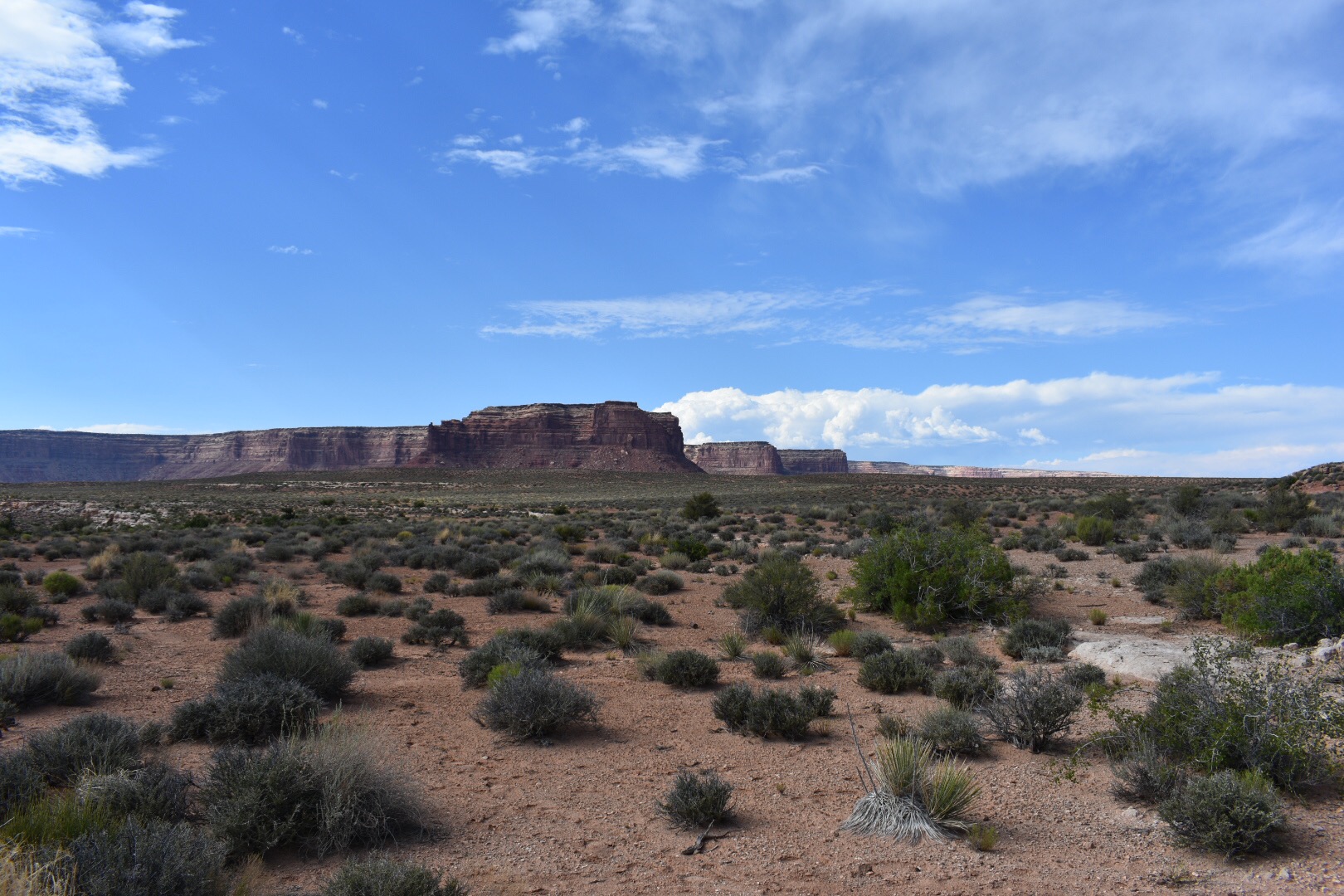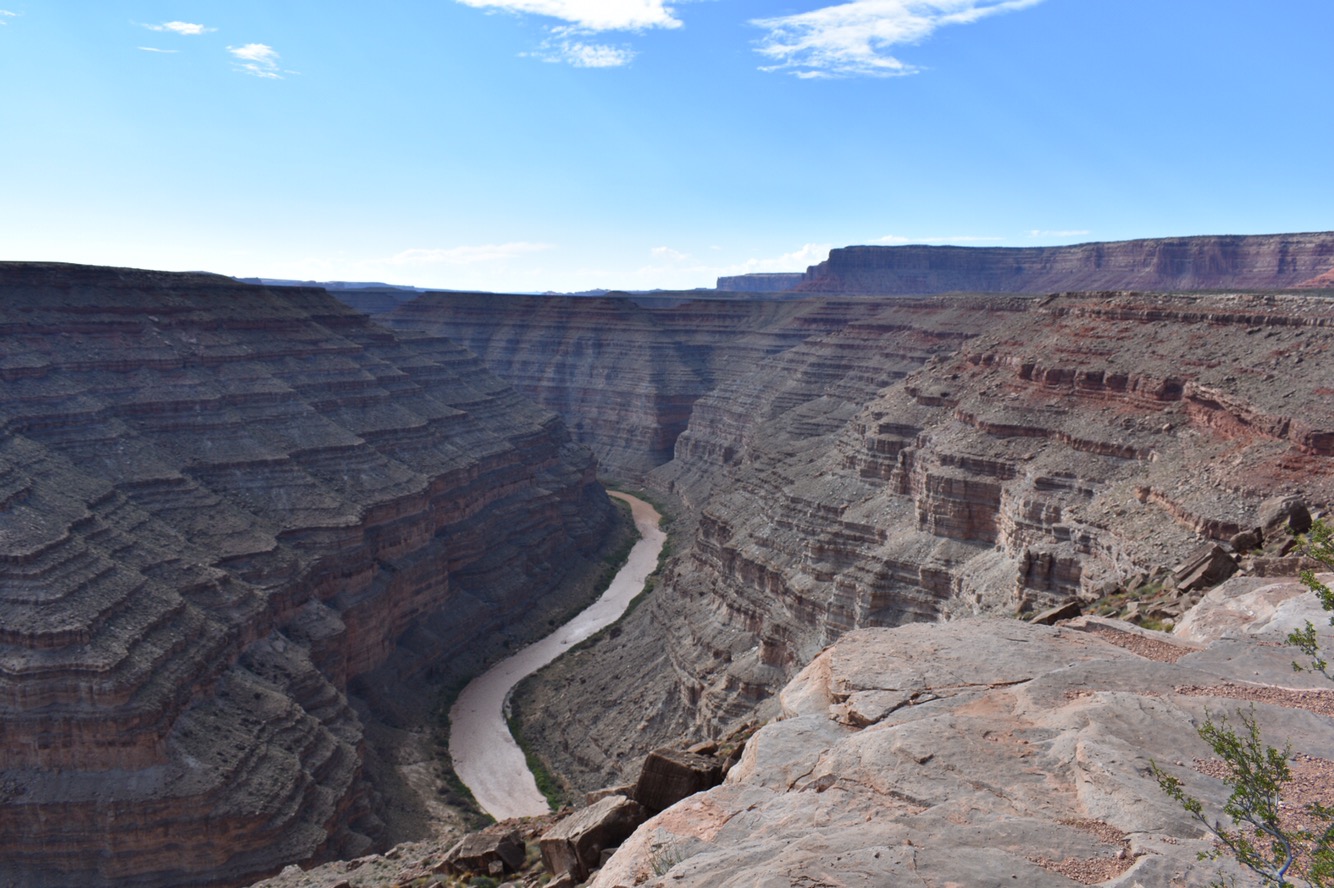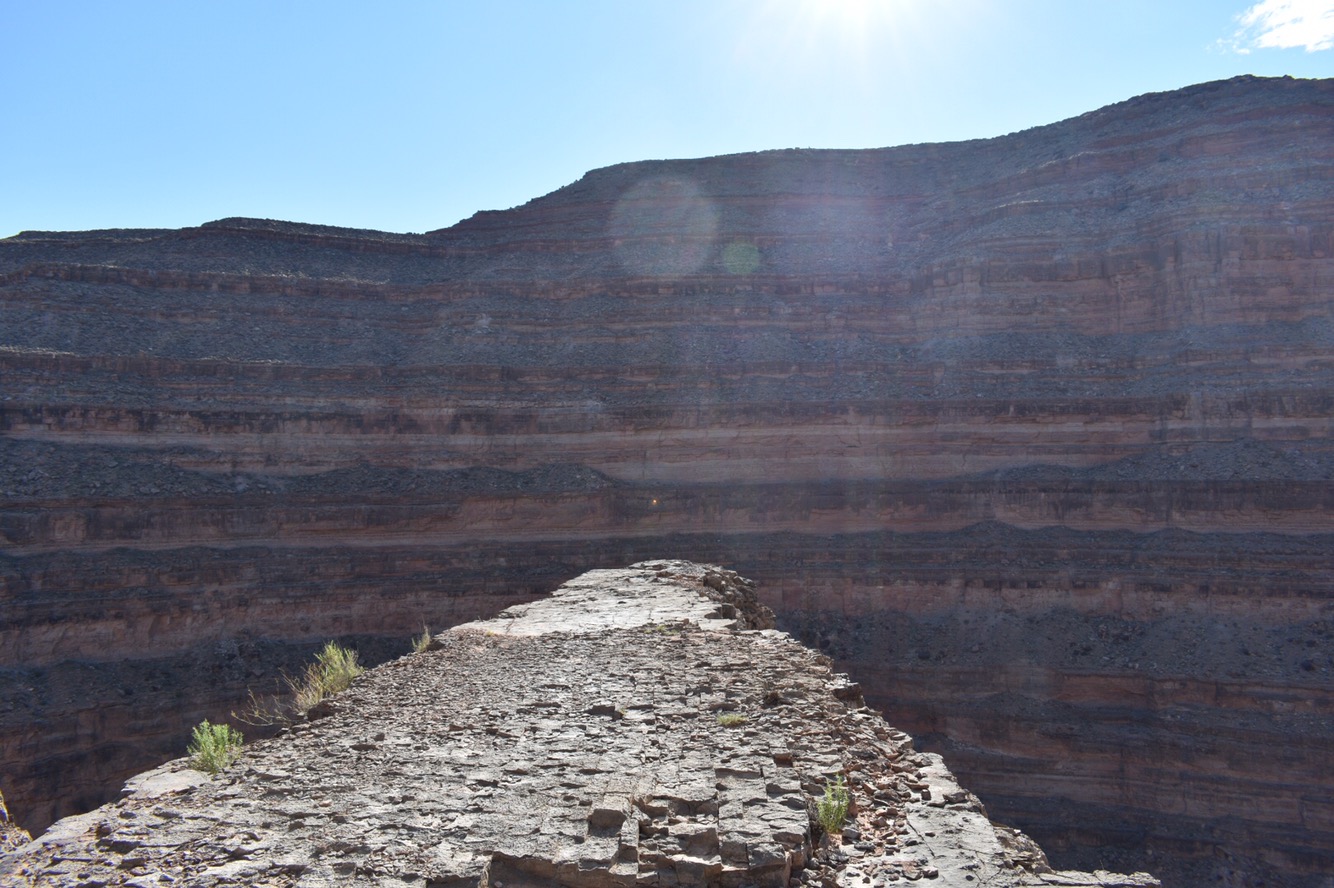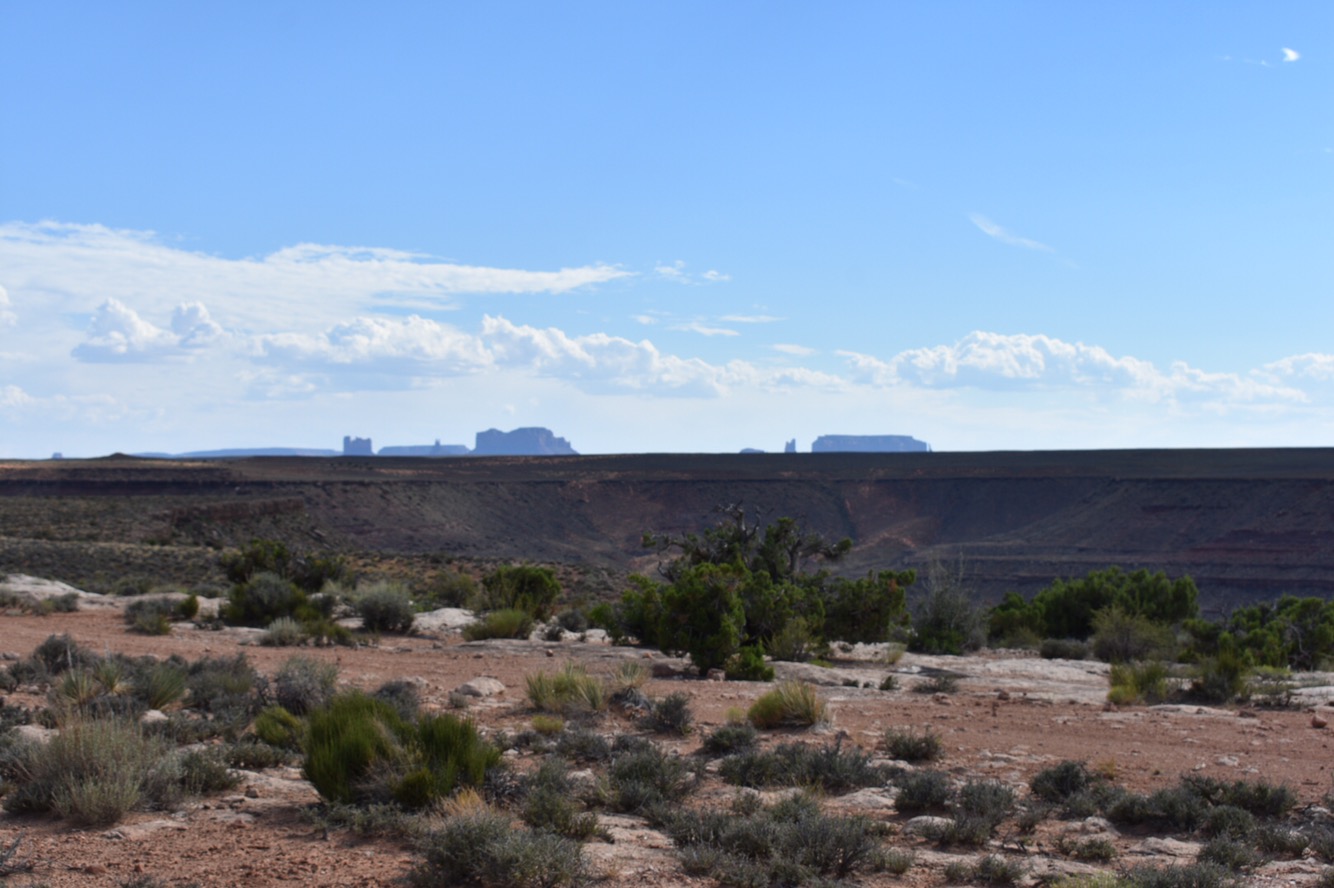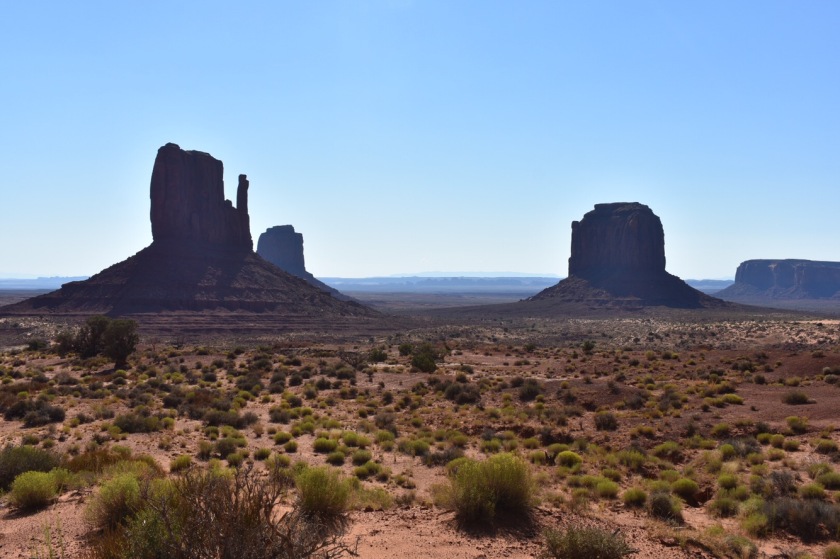Oddly enough, until I started planning my first trip to Utah, I had no idea that Capitol Reef National Park was in the American west. I pictured it being in some exotic south Pacific locale because of the name. Instead of coral reefs and coconuts, Capitol Reef NP is known for its interesting geology and fruit orchards. Here are 7 great reasons to visit Capitol Reef NP.
1) Capitol Reef is a Gold Tier International Dark Sky Park: From the IDA website, “An IDA International Dark Sky Park (IDSP) is a land possessing an exceptional or distinguished quality of starry nights and a nocturnal environment that is specifically protected for its scientific, natural, educational, cultural heritage, and/or public enjoyment.” In layman’s terms, you can see a whole bunch of stars. It really is exceptional to be able to view the Milky Way galaxy and the night sky the way it was before light pollution became such a problem. I love this Tyler Nordgren poster by the way.

Copyright Tyler Nordgren
2) The Waterpocket Fold: This is a geologic monocline on an epic scale—stretching almost 100 miles. Basically, consider this to be a wrinkle in the earth caused by tectonic activity. You can learn more about it here: https://www.nps.gov/care/index.htm.
3) Fruit Orchards: The orchards in the Fruita district are amazing and free to pick and enjoy on site. There are over 3100 trees in 19 orchards all clustered together. The fruits include apples, plums, apricots, cherries, peaches, pears, and many others. Most of these fruit trees produce heirloom varieties of fruit rather than the common mainstream varieties found at your local grocery store.

4) Locally Baked Fruit Pies: Also in the Fruita district is the Gifford Homestead. Once the homestead and farm of a Mormon family, this is now operated by the NPS and sells locally made crafts and victuals. The baked fruit pies are incredibly delicious and a must get when you visit. It’s hard to decide between the apple and cherry as my favorite.
5) Petroglyphs: Many of these are in plain sight. This picture was taken out the window of my rental car on Hwy 24.

6) Hiking: Some of the many great trails include the Rim Overlook Trail and Cassidy Arch both easily accessible from the Fruita district.
7) Convenient: Now I realize that this park is in the middle of Utah far from any airport or major city. What I mean by convenient is that if you are in the Moab area visiting Arches and Canyonlands and wanting to drive across the state to Zion and Bryce Canyon then take a slightly longer more scenic route right through Capitol Reef. It probably adds 20 minutes of drive time but gets you off the interstate and through some beautiful back country.
Thanks for reading. rk


